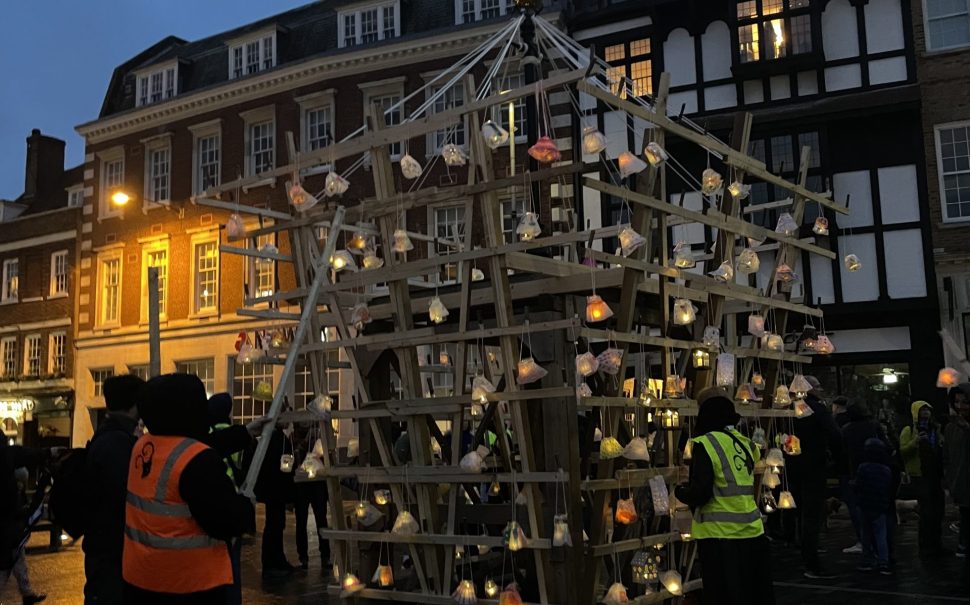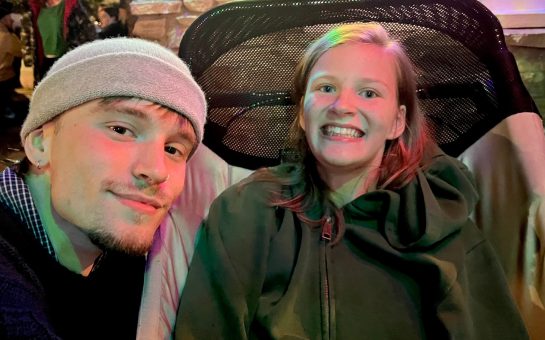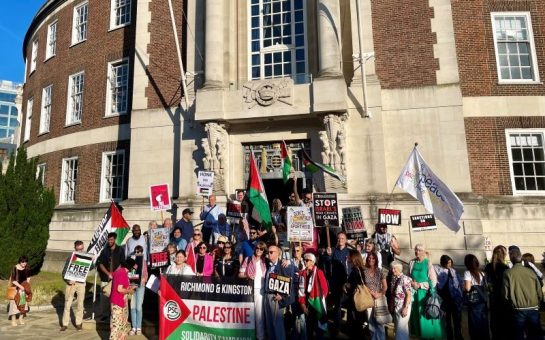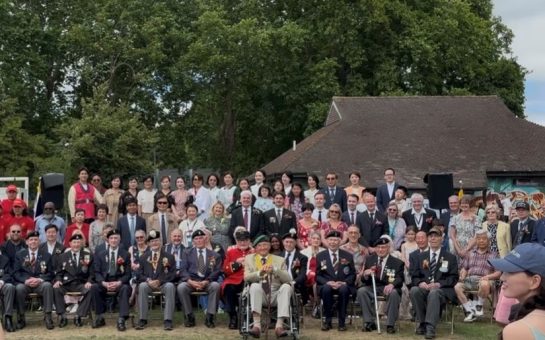Several people gathered together to commemorate Kingston’s candle making heritage.
MA Architecture student, Farah Anwar was the engineer of the procession which came to light due to her architecture course’s unit being titled ‘Dreams, Myths and Fairytales.’
With this is mind Anwar dived into Kingston’s past and unveiled the different lighting types in Kingston, in particular the history of the candle industry which thus began the ‘Legend of the Lamplighter.’
The procession started at Kingston’s Royal Mail Depot, on Hogsmill Lane, where the old candle factory was previously located and then proceeded to follow the path of the ‘lamplighter’ from the folktale all the way to where Raynard’s candle shop once stood, on the Market Square.
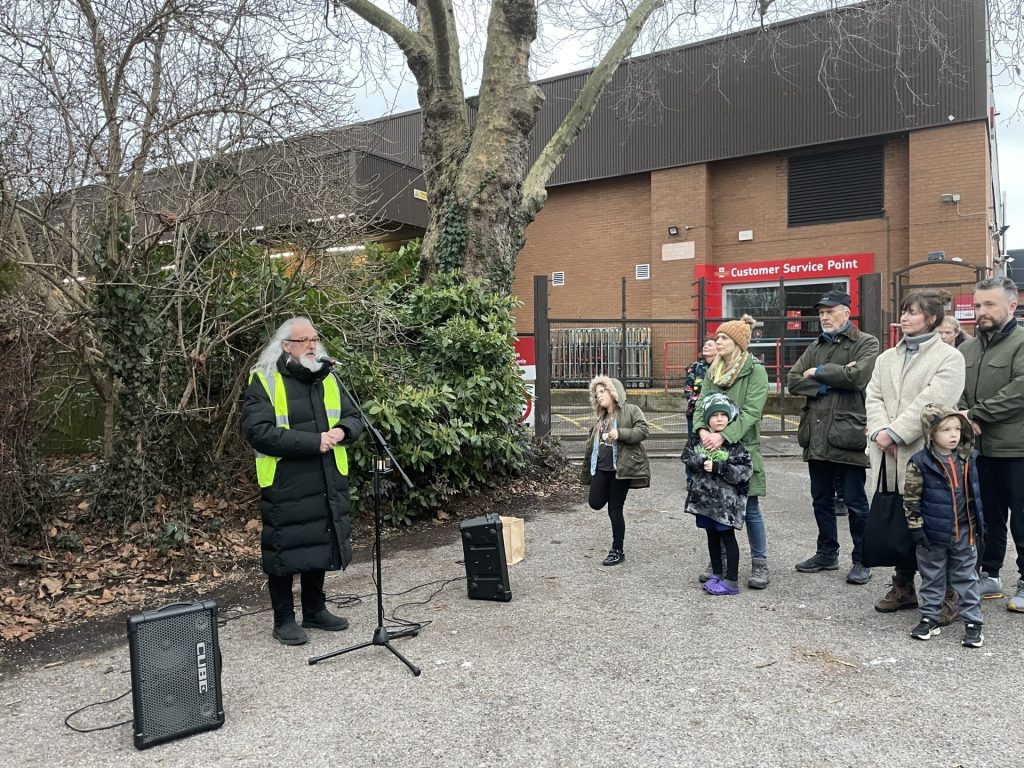
The ‘Legend of the Lamplighter’ follows the beautifully tragic story of a candle factory worker falling in love with one of the Raynard’s candle shops worker in which he delivered candles to.
The candle factory worker would light Kingston skies each night and whistled a tune so that his partner knew he was okay on the cold, rigorous nights.
While their love blossomed and their family of two became three, unfortunately they couldn’t afford necessities and in turn, the three became one and the lamplighter was all alone.
With the start of the 20th century, gas and electricity became more prominent and candles and wax sales decreased leading to the factory that once was making 40 tons of candles per week to close.
To commemorate this folktale the MA Architecture students of Kingston University built a 6m tall timber lantern that displayed all the smaller lanterns made by the community.
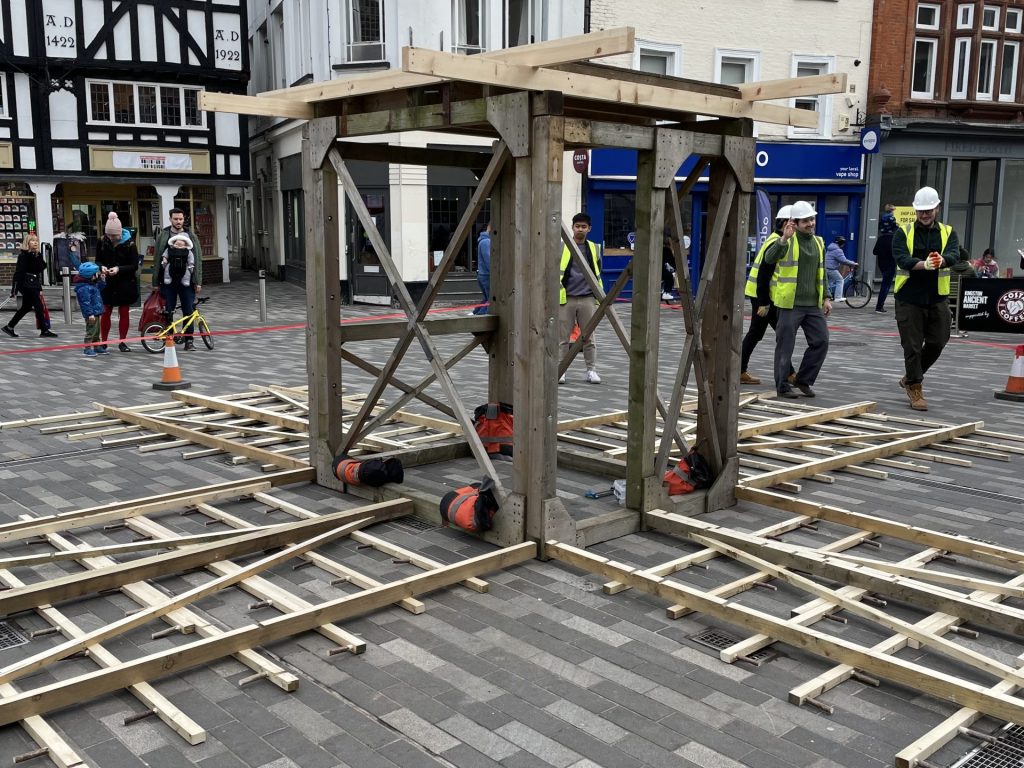
All the materials used in the lanterns and the structure itself was made from reclaimed materials to mirror the unit’s ethos.
A free workshop to make your own lantern took place on 4 March with the help of the Architecture students.
The community aspect was not missed with people of all ages coming together to listen to the story, walk the procession with lanterns in hand and finally placing their lantern on the structure while the sun set.
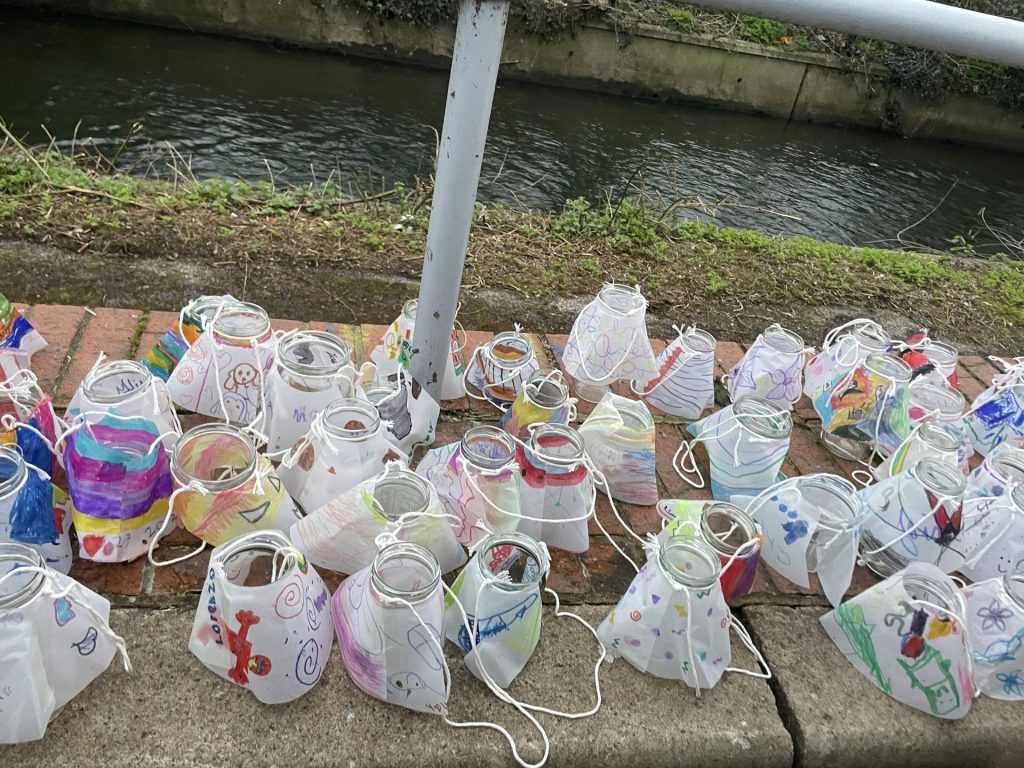
Anwar said: “I think community is important because it benefits everyone who is apart of it. Human beings are social creatures, we all thrive when we are together.
“It also gives the opportunity for groups like Community Brain to flourish, which in turn provide support to and believe in the community it serves.”
The Community Brain who helped make Anwar’s idea into a reality aim to “build a future that is more local, more mutual, more equitable and more sustainable.”
Featured image credit: Libby Jennings.
